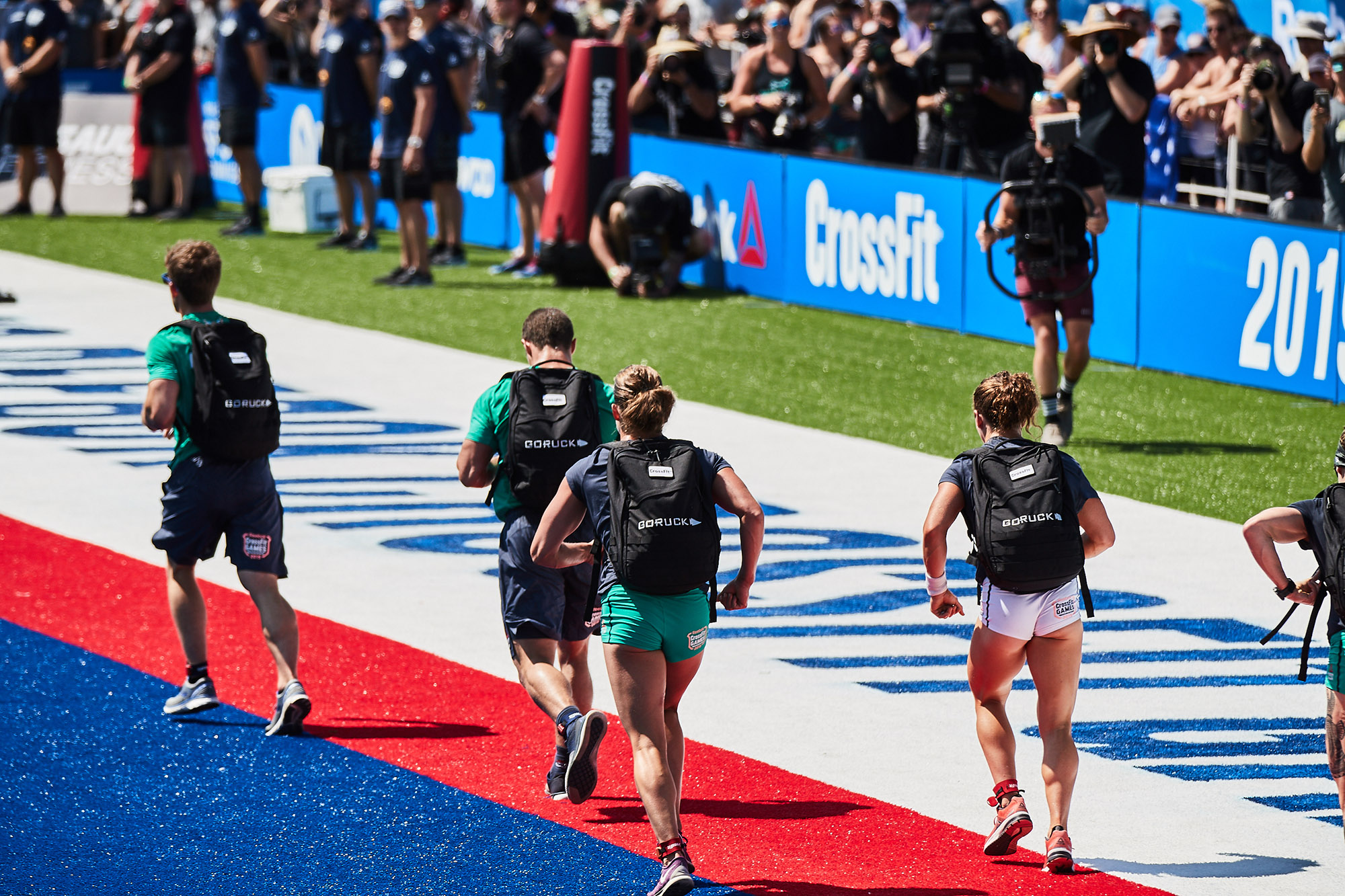
Recently, at the 2019 Reebok CrossFit Games, CrossFit and GORUCK teamed up for the “Ruck” event. Because I have a long history of involvement with both organizations, my heart exploded with joy seeing these communities working together.
I’ve been doing CrossFit for over a decade now. I competed as an individual in two regionals (Southwest in 2010 and Asia in 2011), owned an affiliate, and now work for CrossFit Headquarters on Kids Seminar Staff, so CrossFit is pretty much woven into my DNA.
As for GORUCK, I’ve attempted to complete GORUCK Selection, a 48-hour endurance event modeled after Army Special Forces Assessment and Selection, four times and have yet to finish. Because of this, I have experience rucking thousands of miles and training with GORUCK rucks for over 5 years.
Watching the CrossFit Games athletes crush the event with the rucksacks that I train with everyday, I had to give it a try myself. Because I want everyone to be better ruckers, I experimented doing this workout with different rucks, and different ways to carry weight, so that I could give advice to both communities on how to prevent chafing your back (ouch!), and also how to run efficiently with a loaded rucksack.
The Ruck Event:
For time:
- 1500 meter run with 20#
- 1500 meter run with 30#
- 1500 meter run with 40#
- 1500 meter run with 50#
*At the CrossFit Games, the athletes started with 20# in their rucksacks, then added a 10# sandbag on each lap of the run
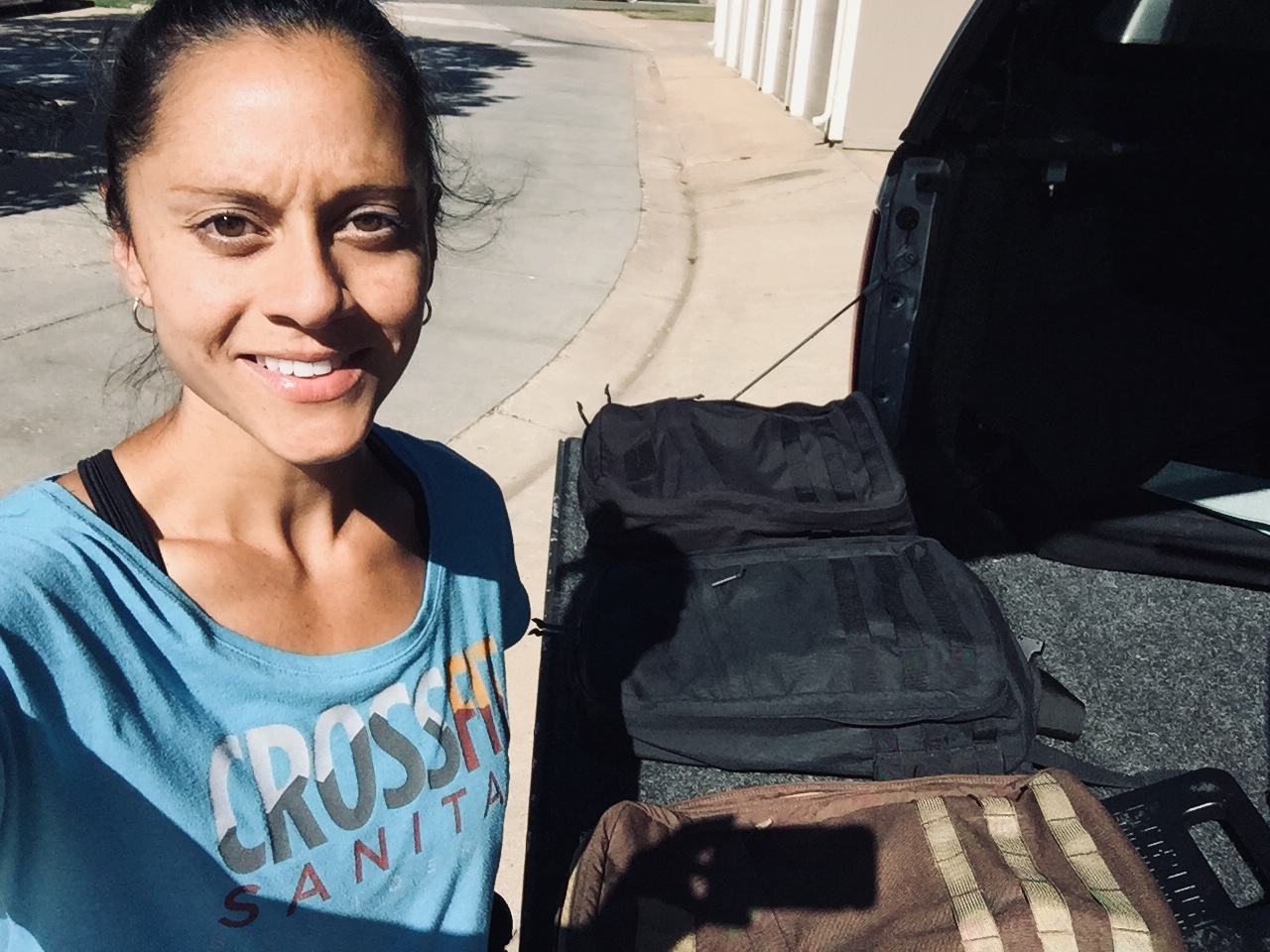
The Games “Ruck” event, Boulder Style
My ruck run course was approximately 3.92 miles on an uneven rocky trail in Boulder, Colorado, at 5,400 feet altitude (the actual event at the Games was 3.72 miles/ 6k, on flat terrain). Each lap was measured with a Garmin; I tried to make all of the laps 1,550 meters as to not short the event. For reference, I’m 5’5 127#.
I did not have 10# Ruck Sandbags yet to put into my ruck each round, so I used GORUCK Ruck Plates (10#, 20#, and 30#). I tested three different ruck models: GR1 Women’s (21L, no hip belt), GR1 classic (21L, no hip belt), and The Rucker (20L, with a hip belt). Using the hip belt with The Rucker on the 30# lap was intentional; I wanted to compare how it felt running with it, to running the other laps without it. While watching the Games athletes compete, there was some speculation as to whether or not a hip belt would prevent the ruck from bouncing. I’d try it (again) and find out.
I was not able to set up in an open field, so I placed all of the rucks into the back of my truck. Each round I’d unlock the truck, grab a ruck, transition weight plates between rucks, then lock the truck and run away. This made for pretty slow transitions, but I was able to catch a few deep breaths before starting the next run. If you want to streamline the process I definitely recommend the 10# Ruck Sandbags.
When it was all said and done, I finished the Ruck Run workout, affectionately called “The Castro Ruck” indicating an escalator of weight over time, in 35:10. Granted I had slow transitions (my final time includes those transitions, I never stopped my watch) and ran .2 miles too much, however it was an awesome experience doing the same event as Games competitors.
Here are some key take-aways…
Pro Tip #1: Cinch the Ruck Straps
At every transition, as soon as I put my ruck on, I pulled the straps so that the ruck sat tight and high on my back.
To do this, fully cinch the straps down, lean forward a little bit so that the weight of the ruck transfers on top of your back (not just your shoulders), then cinch the straps further. A good rule of thumb here is not to cut off your arm circulation, but to make sure the ruck bounces minimally as you run. When you’re going to take the ruck off every 1500 meters, that will naturally increase circulation back to your shoulders. If the straps feel just a little too tight when you step off, that’s probably about right.
Pro Tip #2: Don’t Wear a Hip Belt
Both the GR1 and GR1 (women’s) model were worn with no hip belt and moved minimally. The Rucker was worn with a hip belt on the 30# lap. I used the hip belt to see if it helped stabilize the load. It turns out that the hip belt rides a bit high when running, and it makes it difficult to breathe paired with a high heart rate. It does virtually nothing to mitigate bouncing; making sure the ruck straps are tight enough stops the bounce just fine.
The hip belt was designed to (1) transfer load to the hips while rucking (which is different than ruck running) and especially when rucking heavy weights over long distances, and (2) to stabilize the rucksack during bear crawls and various other exercises on the ground that are executed at other GORUCK Events. It does not minimize bounce when running.
Pro Tip #3: Run Like You Are…Running! Stand Tall, Look Forward, Move Your Feet Fast
Here, I tried to minimize the forward lean so that the ruck could sit properly on my body. Leaning forward is a natural inclination with a heavy load, however this places more stress on the lower back and knees as you have completely changed your natural running stride. In order to run fast, and to run fast with a loaded ruck, I made sure to keep my gaze forward, and at some point I did have to shorten my strides. If I found myself leaning forward, I’d adjust and try not looking at the ground then focus on moving my feet faster. This allowed me to stand tall, breathe better, and feel stronger.
Though I ruck run under a load at more than 30% of my body weight infrequently, when I do ruck run with weight I make sure to do the above to minimize stress on my knees and back, and to preserve my skin.
Pro Tip #4: Wear a Shirt, Tape Up, or Lube Up
Other ways to mitigate chafing include wearing a shirt ( a regular shirt that you can tuck into your pants/shorts), pre-taping the spine where you usually rub, or using vaseline on the hot spots on your back. It’s no different than how you have to take care of your feet when running or your hands when lifting heavy. With rucking, you just have to learn how to take care of your body and learn how it reacts to your equipment; the only way to do that is to practice.
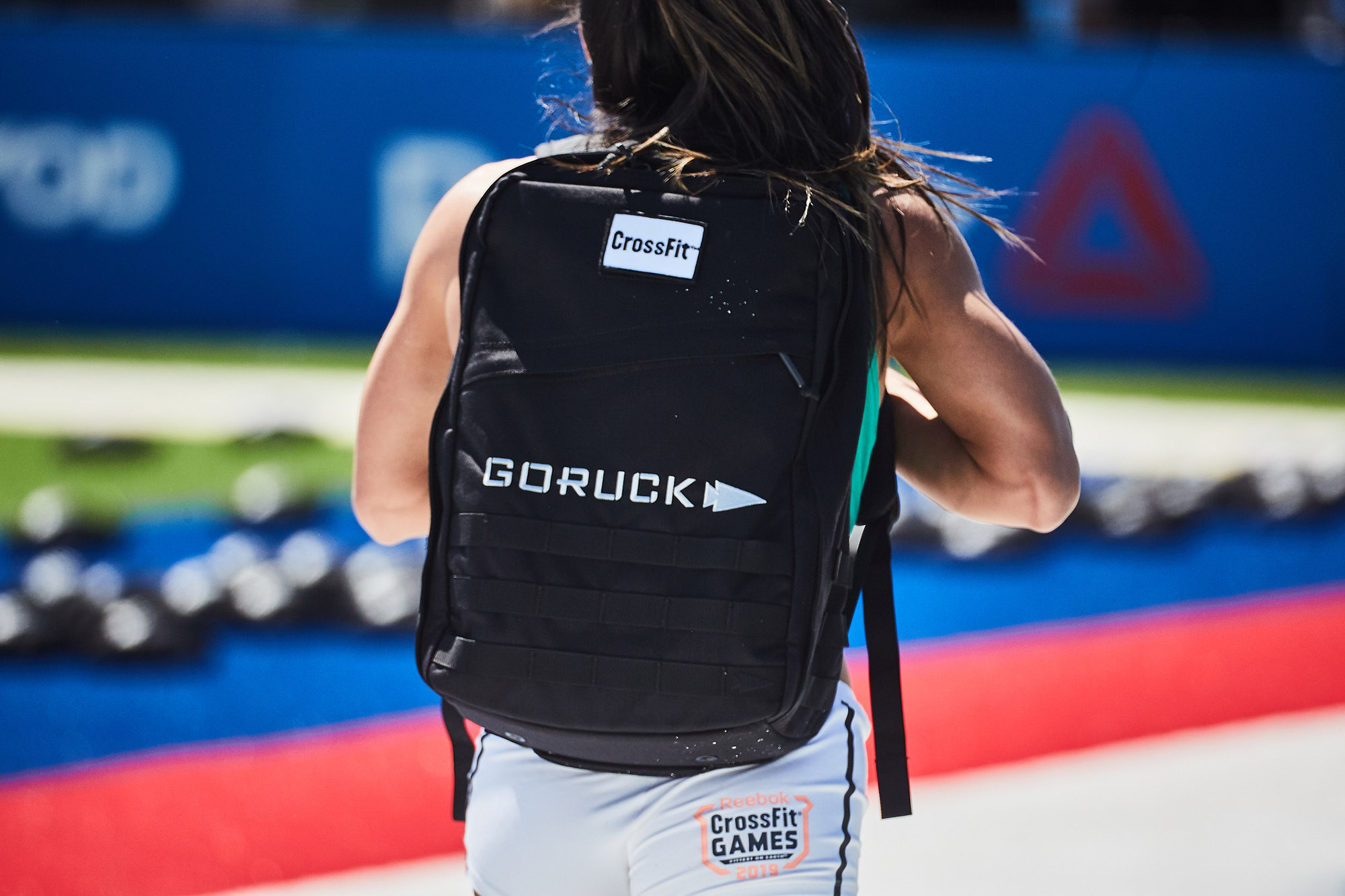
If you want to give the workout a try as well, make sure you cinch up those straps, ditch the hip belt, stand tall, and wear a shirt. No matter how long it takes you, you’d be doing both the CrossFit and GORUCK communities proud!
– Jaala Shaw
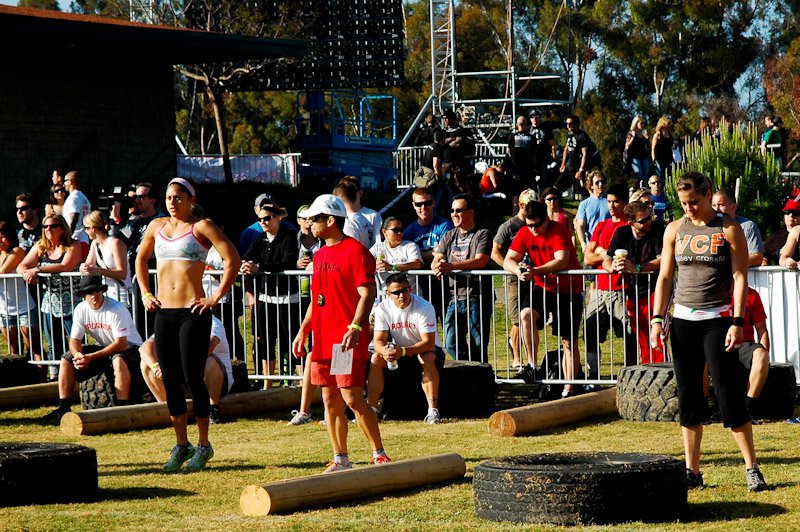
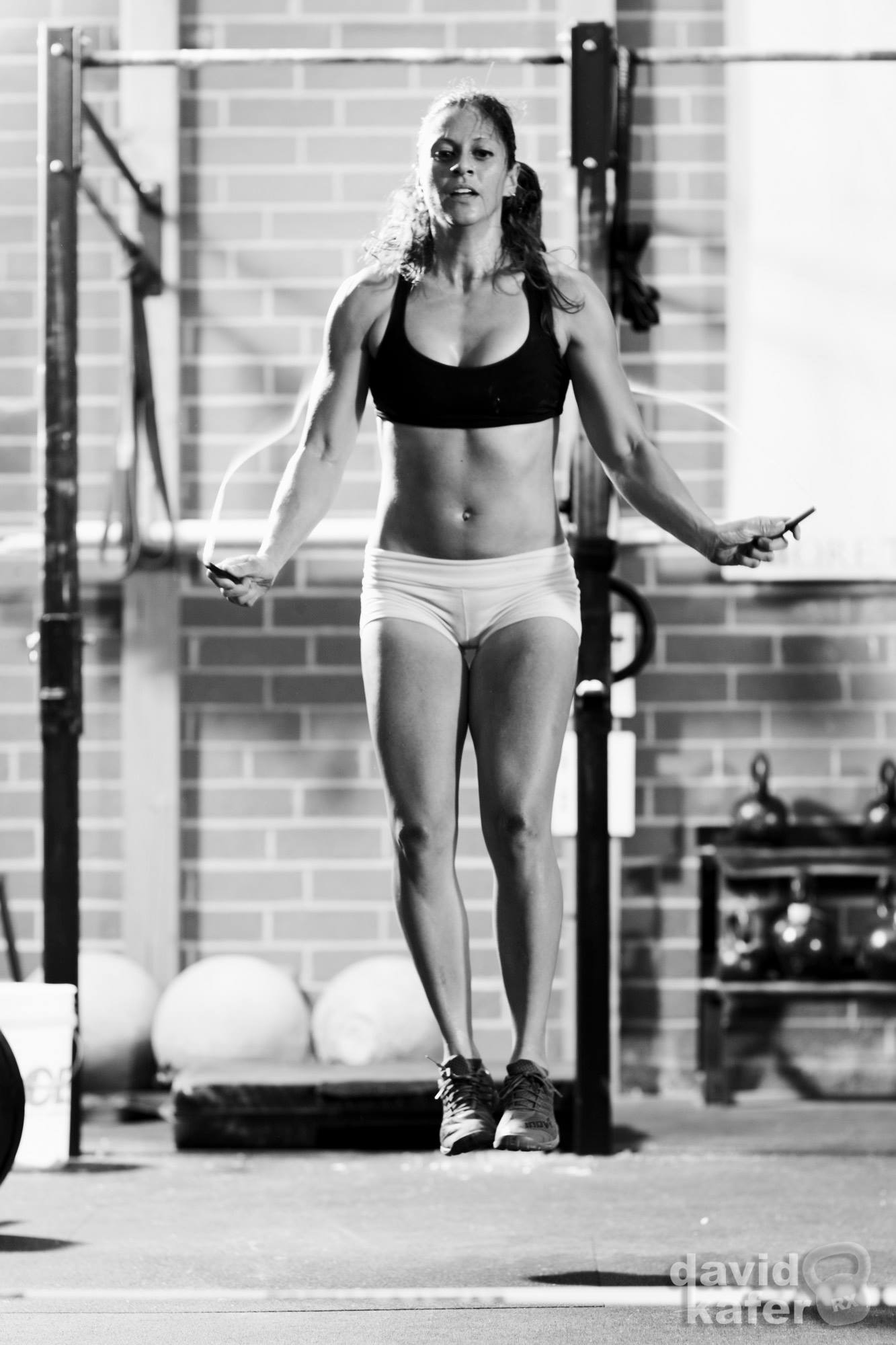
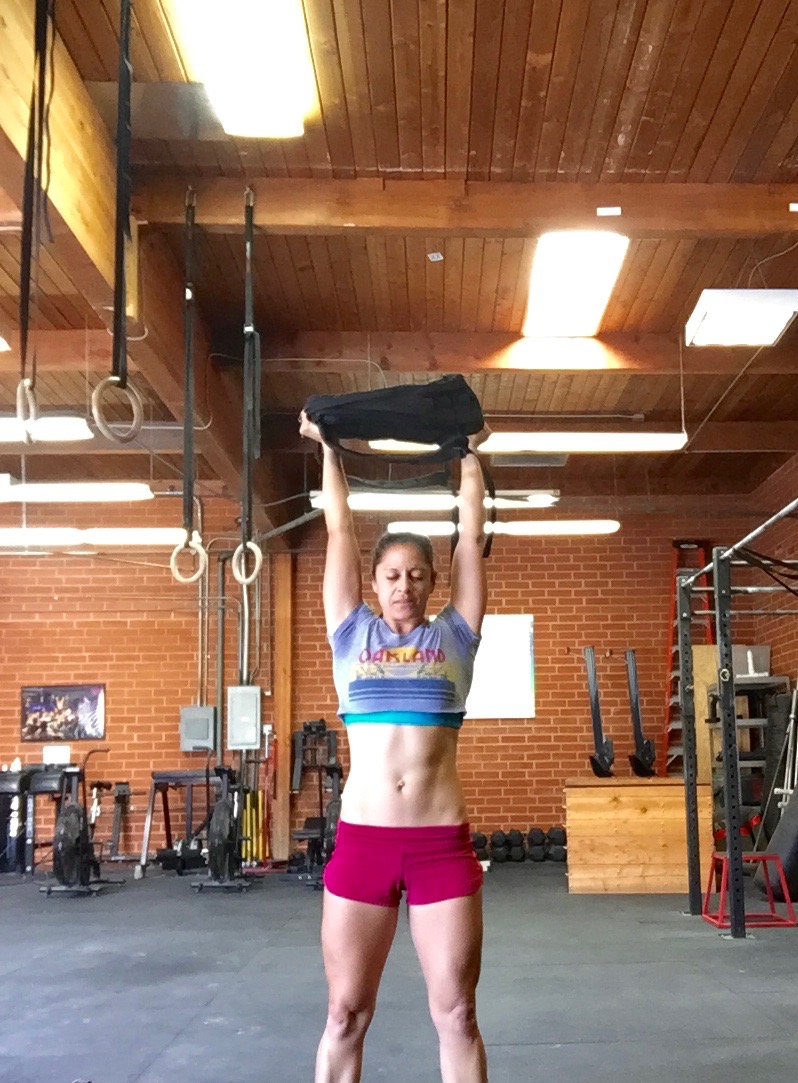
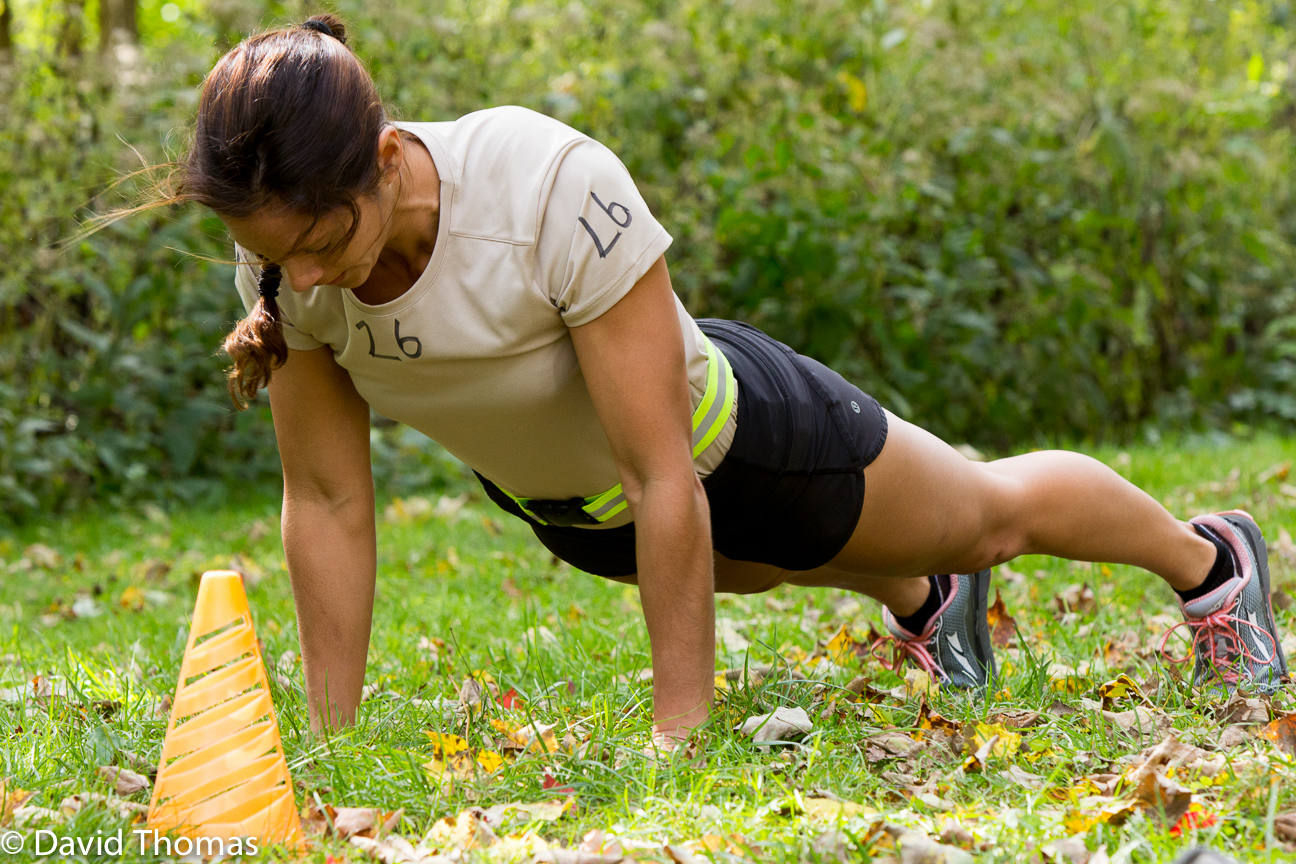
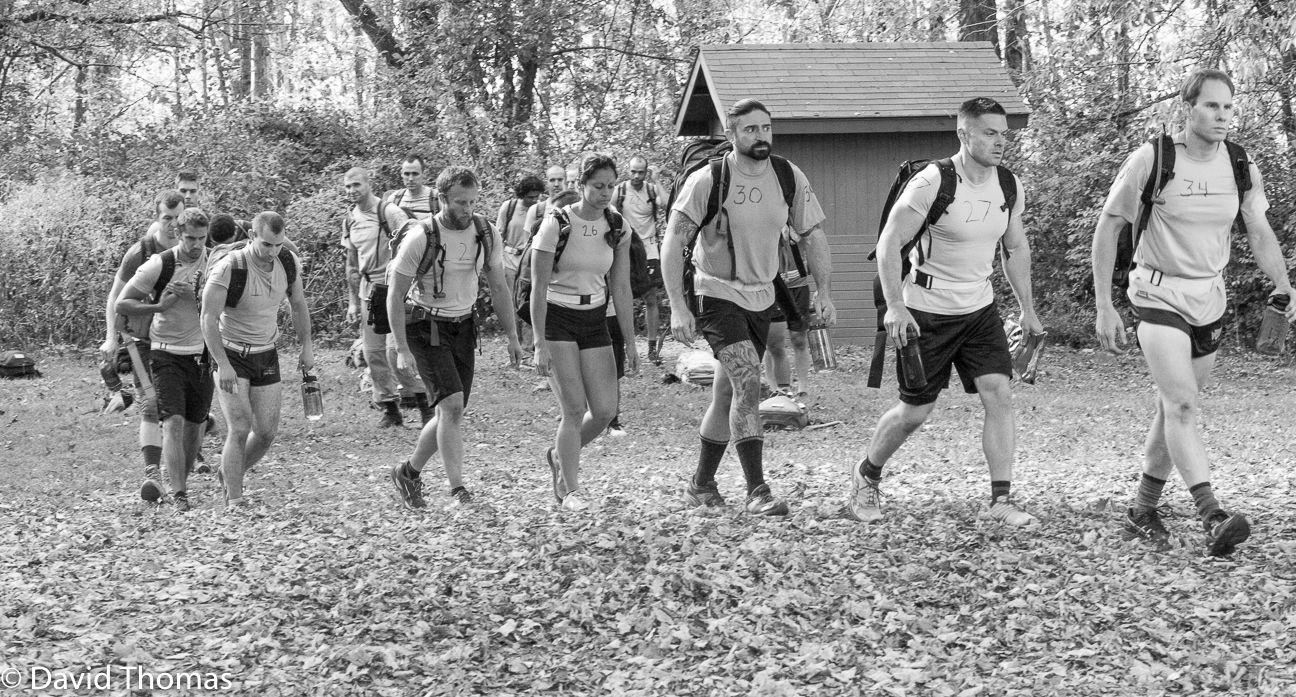
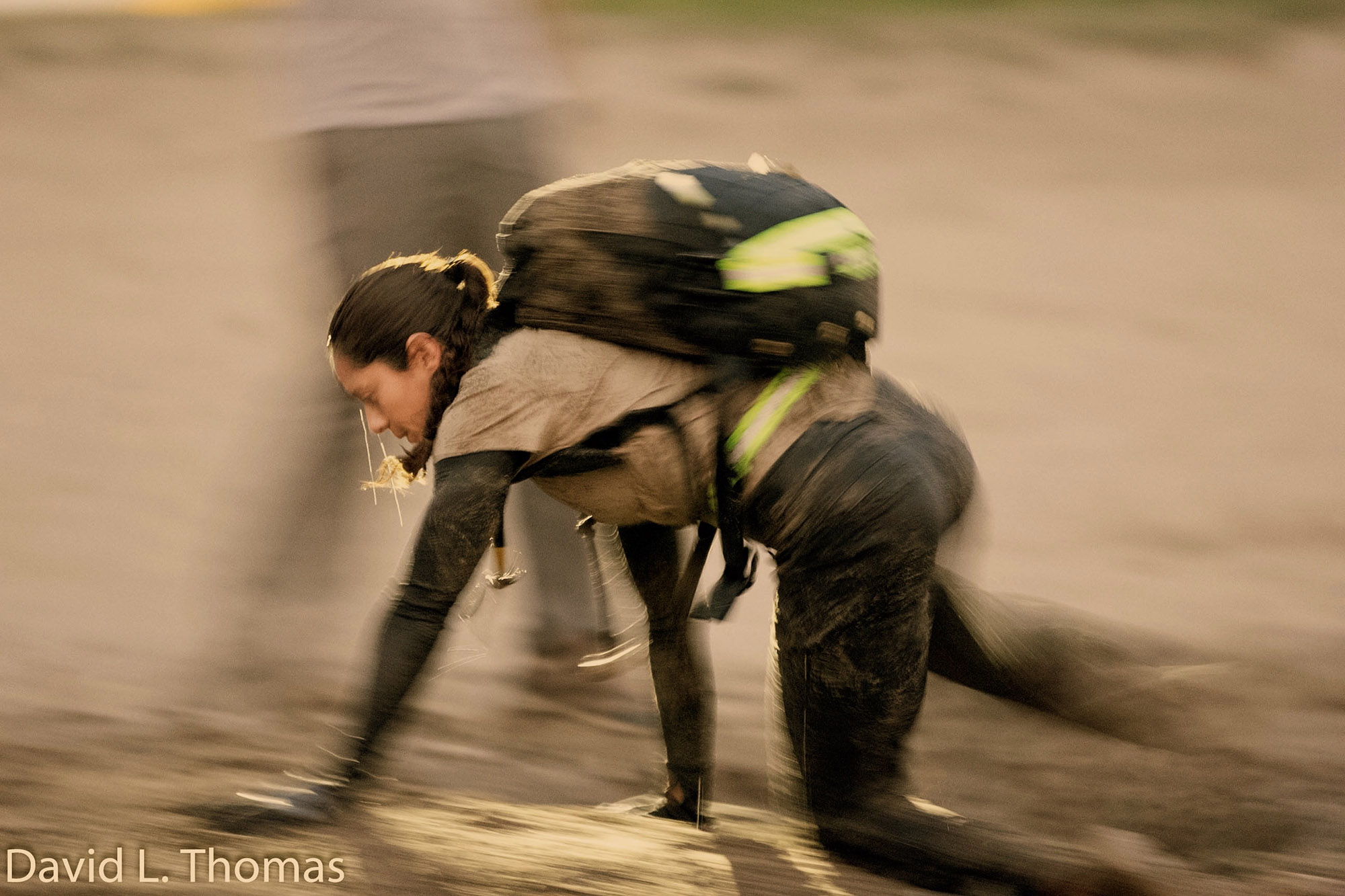
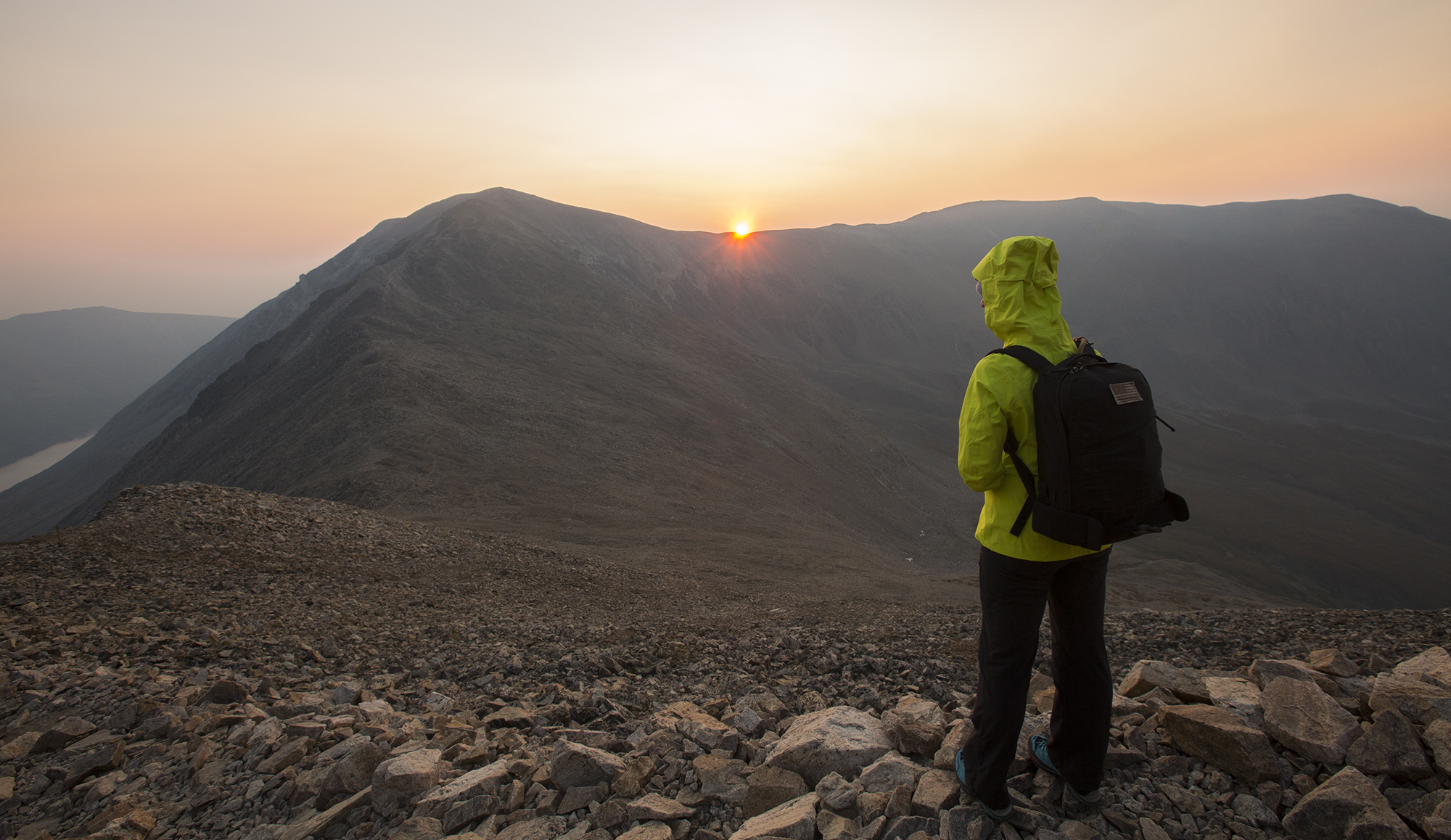
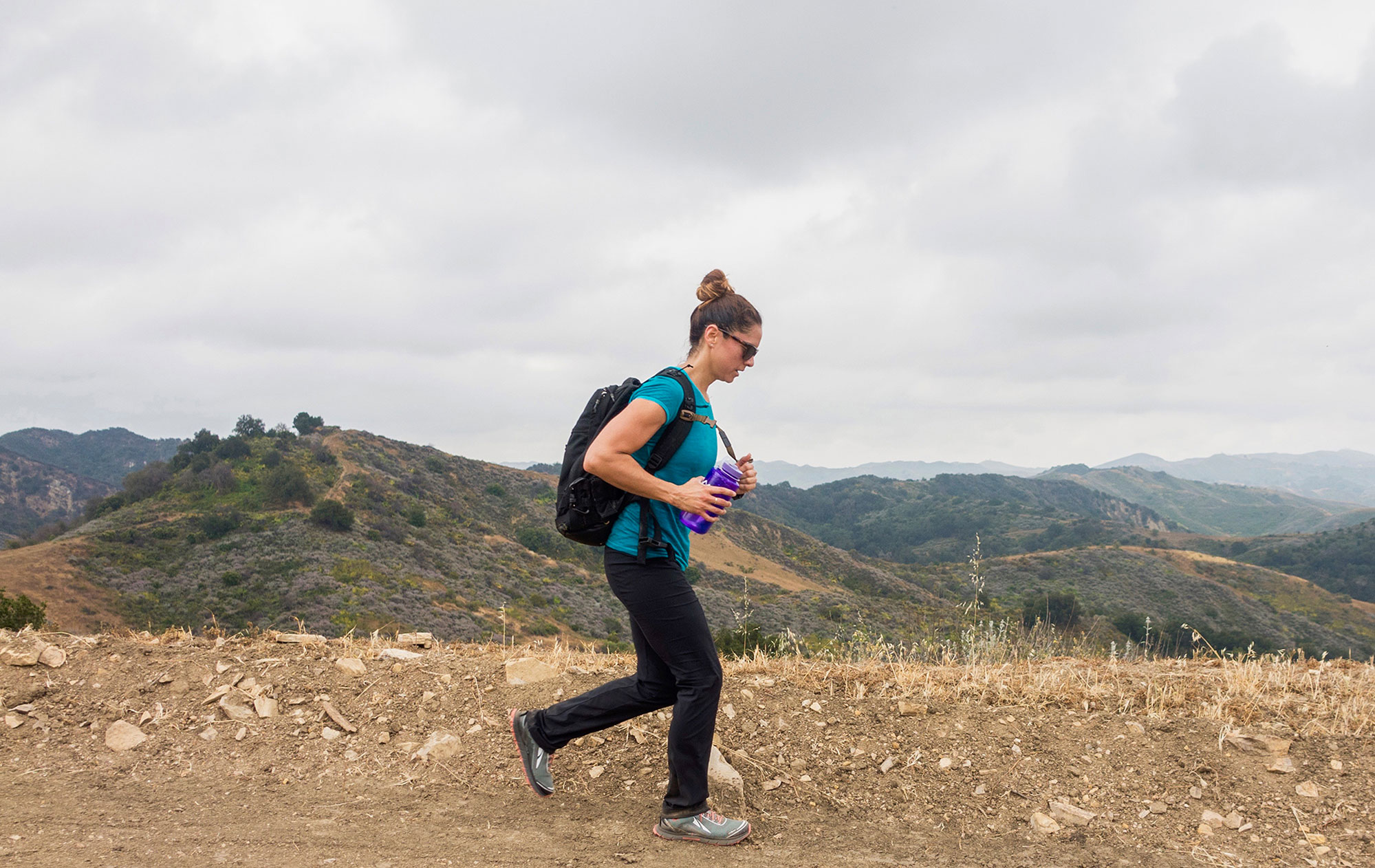
Wish I would have read this before the games.
”wear a shirt”
Are there people not wearing shirts when rucking?
LOL, I think you did alright Matt.
livraison discrète Kamagra: livraison discrète Kamagra – livraison discrète Kamagra
Thank you for your sharing. I am worried that I lack creative ideas. It is your article that makes me full of hope. Thank you. But, I have a question, can you help me?
Very practical and actionable tips. 👉 Watch Live Tv online in HD. Stream breaking news, sports, and top shows anytime, anywhere with fast and reliable live streaming.
I don’t think the title of your article matches the content lol. Just kidding, mainly because I had some doubts after reading the article.
This brought real value to my day. 👉 Watch Live Tv online in HD. Stream breaking news, sports, and top shows anytime, anywhere with fast and reliable live streaming.
anabolika und hgh kaufen
References:
wachstumshormon hgh kaufen
hgh fragment 176-191 kaufen
References:
https://git.rankenste.in/
hgh kaufen schweiz
References:
hedgedoc.eclair.ec-lyon.fr
china hgh kaufen
References:
https://hedge.fachschaft.informatik.uni-kl.de/kaF5z3EaTFaW7HkZcBV7AQ
where do 50% of anabolic steroids come from?
References:
http://www.controlleriot.cn
women bodybuilders on steroids
References:
kayesbamusic.com
Additional, AAS administration has been observed to have a dose-dependent impact, with larger doses resulting in larger anabolic results (16).
The results of androgens are modulated at mobile degree by the steroid-converting enzymes
throughout the explicit goal tissue (Figure 1). In reproductive goal tissues, testosterone can be considered to be a prohormone, being readily converted by 5α-reductase to the more potent androgen DHT.
These animals additionally exhibited vital alterations in plasma
concentrations of aldosterone, epinephrine, glucose,
sodium, and chloride ions, together with elevated imply arterial strain (King et al., 2007).
Chronic exposure to AAS causes significant cardiovascular alterations
due to androgen receptors in the myocardium and blood
vessels (Bergink et al., 1985). Nandrolone supplementation will increase neuroinflammatory markers, together with tumor necrosis factor-alpha
(TNF-α) and interleukin-1 beta (IL-1B), indicating a neurotoxic
response within the hippocampus (El-Shamarka et al., 2019).
Injectable testosterone esters are among the AAS most used, but there is all kinds
of synthetic derivatives out there. Testosterone, as most other AAS, undergoes
in depth metabolism when administered orally. Due To This
Fact, some AAS have been alkylated to extend bioavailability after
oral administration. Nevertheless, a long time ago,
it grew to become evident that 17-alkylated androgens are hepatotoxic and medical software was
largely abandoned (5). Although most AAS abusers are nicely aware of this,
oral AAS, similar to methandienone (Dianabol), chlorodehydromethyltestosterone (Turinabol),
oxandrolone (Anavar) and stanazolol (Winstrol), are still broadly abused.
The size of time is determined by which esters you’ve used, with four weeks
being sufficient for any propionate-based compounds,
rising to between 4 and 6 weeks for Enanthate and Cypionate, with a extra
vital profit being seen nearer to 6 weeks. Both have their
merits, however I lean in course of the extra average second strategy simply because it is going to be
simpler and safer with less danger of the sudden shock of unwanted effects that come with excessive
doses. The other possibility is to stay with a moderate dose of testosterone ( mg max), then comply with
that with more cycles with different compounds
along with testosterone to build up your gains. The T3 hormone naturally regulates
your body’s metabolism, and the synthetic form is designed to
imitate the hormone’s functionality. When your T3 and metabolism are excessive,
the physique burns fats sooner and extra effectively.
This is extremely interesting on a cutting cycle and allows you to turn out to be
leaner than you otherwise may naturally.
GB managed the evaluation and lead Recovery protocol stacking improvement, proof search, article screening, knowledge extraction and knowledge synthesis.
MCVH provided methodological and matter expertise and helped
to shape the evaluate through supporting the event of the protocol and
search technique. MCVH screened a proportion of articles and commented on findings and written drafts.
JT provided medical expertise supporting the event of the review and
presentation of data, checked knowledge extraction, and commented on written drafts.
JMV offered matter experience and helped to form the evaluation by way of
supporting the development of the protocol, knowledge extraction,
knowledge synthesis and presentation of findings.
Following screening of article title and abstracts
against evaluate inclusion standards, full-text articles were accessed for
seventy six articles and these have been once more reviewed in opposition to the inclusion standards.
It is mostly valued for its capacity to provide unbelievable strength by way of its exercise on red
blood cells. Trenbolone is taken into account one of the
highly effective steroids, which is as a lot as five
occasions stronger and more practical than testosterone itself.
You won’t have water retention with Tren because there’s no estrogen conversion.
Many counterfeit products are sold and used, which complicates
the research of abuse. AAS use additionally leads to suppression of clotting factors II, V, VII,
and X, as properly as a rise in prothrombin time.
One Other life-threatening, albeit rare, opposed
effect that is seen in the liver and typically within the spleen is peliosis hepatitis, which is characterized by the looks
of blood-filled, cystic constructions. These cysts, which can rupture and bleed profusely, have been found in patients with near-normal liver perform check
(LFT) values, in addition to in individuals
who’re in liver failure. Almost since their inception, testosterone and anabolic-androgenic analogues have been used and abused by people seeking
to enhance their anabolic and androgenic potential.
With continued administration of anabolic steroids, a few of these results become irreversible.
It is often believed that anabolic steroids will produce irreversible enlargement
of the clitoris in females, though there are no research on this
a hundred and one. Anabolic steroid users are generally used by athletes at all ranges in sports such as bodybuilding, weightlifting, baseball, football, cycling, wrestling,
and heaps of others to improve their efficiency. Sometimes, it’s males of their mid
to late 30’s who use anabolic steroids non-medically the most 11.
In 2022, an estimated 0.8% of eighth graders, zero.5% of
tenth graders, and 1.3% of 12th graders reported
misusing anabolic steroids prior to now 12 months 31.
Use of these substances, which begins sometimes during adolescence or early maturity, could represent an early danger issue for AD/ADHD.
Concurrent use of those substances by supraphysiologic-dose AAS users may potentiate Aβ and
tau-P accumulations and exacerbate danger for growing AD/ADRD.